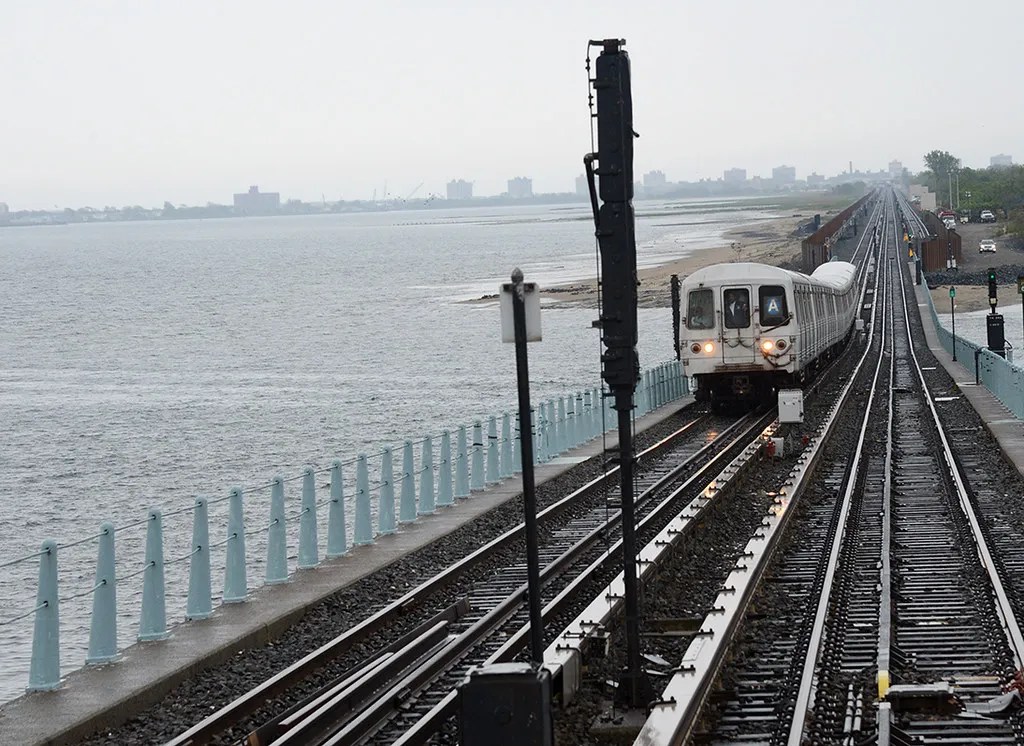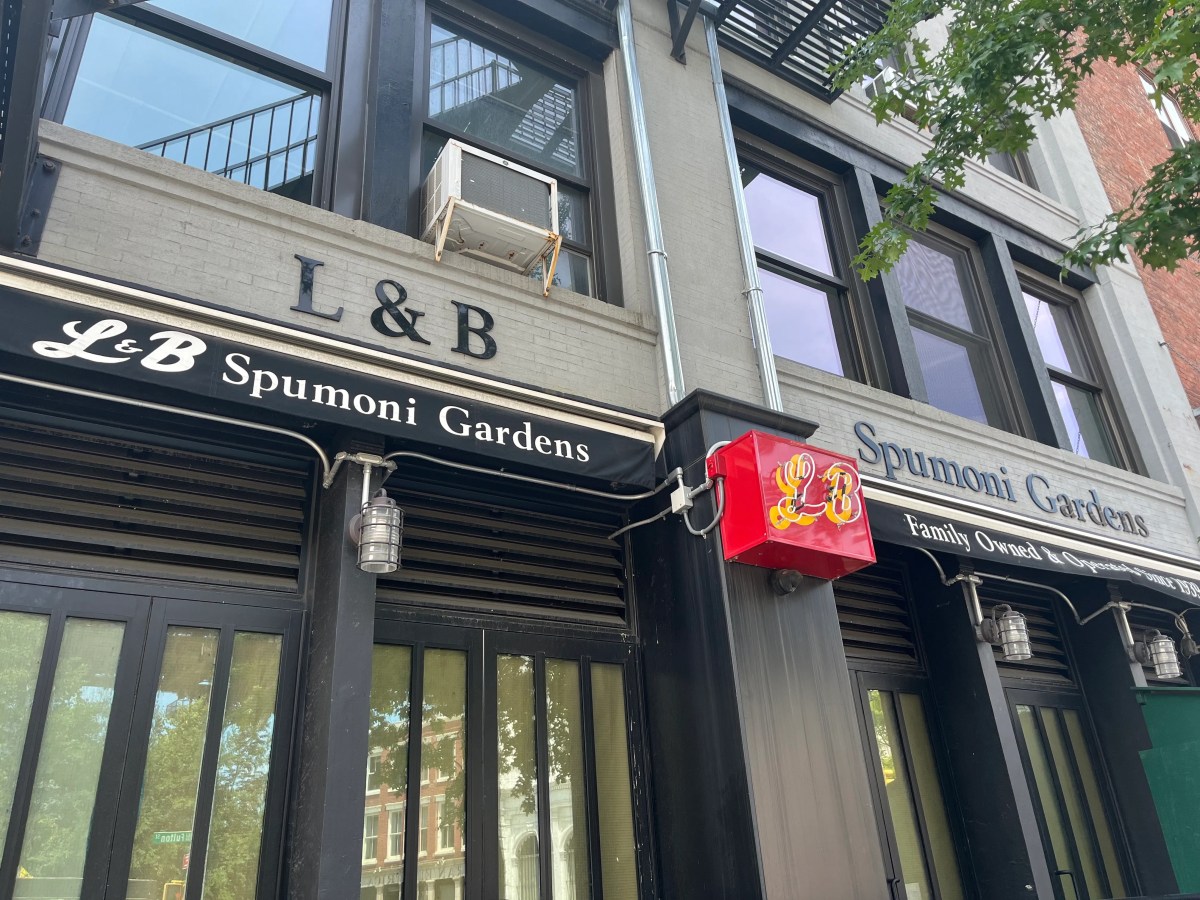BY BRADFORD SUSSMAN | Recently, in the New York Times business section David Segal’s article criticized Tribeca’s New York Law School’s value in part by examining its price in relation to its rank in U.S. News & World Report. This reliance on U.S. News & World Report’s (USN) rankings to measure the value of an education at New York Law School was understandable in analyzing potential salaries upon graduation, but unfortunate in the context of an article touting reform.
Despite widespread criticism of the criteria used by USN to determine their rankings, rank has become self-reinforcing by steering students to schools primarily on the basis of their LSAT scores. USN ranks not only ignore many of the improvements reformers have pushed for like externship and internship opportunities which New York Law School stresses in its curriculum, but may artificially deflate ratings based in part on criteria that is skewed and/or irrelevant, like library size and full time student/teacher ratio.
It would not make sense for a student to choose their law school based on library size, because most students and lawyers perform their research online. Nevertheless, USN’s system penalizes an independent law school like New York Law School for having a relatively small library. On the occasions I have needed an actual book, it was irrelevant whether the book was available at an on-campus library, because local law libraries have reciprocal book-sharing agreements which, in New York City, allows access to more books more quickly then the largest of libraries.
Also, while it seems reasonable to incorporate student/teacher ratio into the rankings, many of New York Law School’s best professors are not counted because USN’s class-size calculations are based on full-time, tenure-track professors. New York City, as a beacon to top professionals, benefits local academic programs with an abundance of talent who are willing to teach part-time. For example, one of my writing professors has written hundreds of motions for an elite government agency and my criminal procedure professor teaches part-time at Harvard and commutes to teach at New York Law School. Yet, under the metrics of U.S. News & World Report, they are not counted as professors at New York Law School, thereby artificially inflating the ratio of students to teachers and overlooking an inherent benefit to a Tribeca campus.
Even if the rankings did reflect accurately the quality of New York Law School, I do not see my classmates or myself as victims who gullibly overpaid for our degrees in the midst of an economic downturn as the article implied. The economic decisions of law students are not necessarily simply rank versus price. I could have attended a top-tier law school but instead chose New York Law School because, between scholarships, an evening program that allowed me to continue working, the school’s proximity to the city’s legal infrastructure and its bar passage rate, it seemed to be the best value in education for me. I have found my classes to be excellent and my colleagues in the evening division to be impressive individuals whose varied life experiences added immeasurably to my legal education.
Over the course of my law school career I have also come to see as flawed the premise that the primary value of a legal education is how much you can earn afterwards. Studying law requires you to develop a new way of thinking, instead of merely acquiring knowledge, making it an intellectually satisfying academic pursuit in its own right. For that reason I think I got my money’s worth out of law school, even if some potential employers might view my academic accomplishments through the prism of rank.
Bradford Sussman is a Legal Intern in the Prosecutions Unit for the New York State Division of Human Rights and is a John Marshall Harlan Scholar with the Center for New York City Law.






































